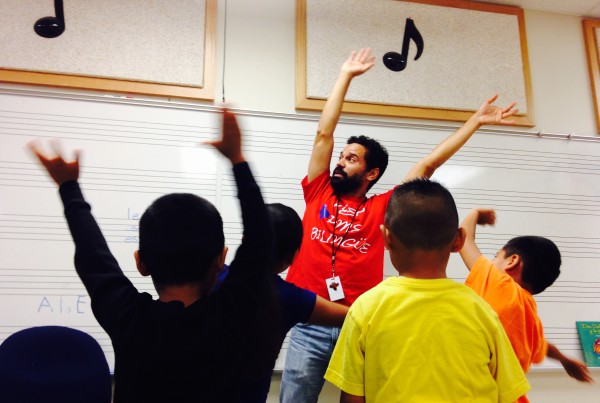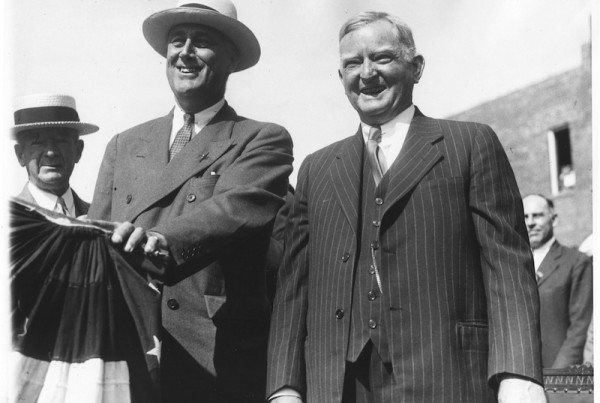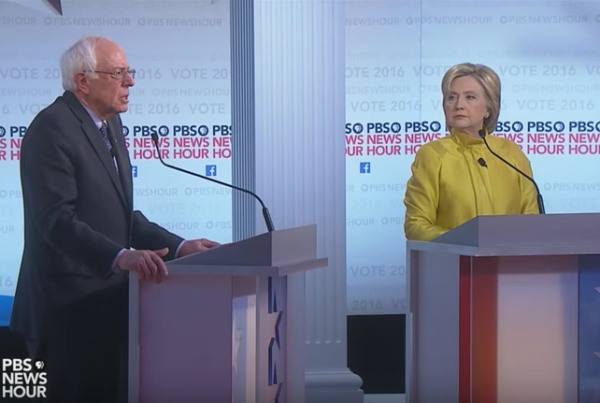This story originally appeared on Texas Public Radio.
It’s a heated, back-and-forth match between the Baylor men’s basketball team and the Texas Longhorns. At this point in the game, Texas is at the free-throw line. And the crowd is doing their best to distract the shooter.
An enthusiastic Baylor fan shouts “miss it”, and he does.
The botched free throw eventually leads to a swift Baylor layup. But, I missed the whole play. In years past, fans and myself that made a quick concession run and missed a vital play would be out of luck. But today’s fans at the Ferrell center can replay the action all on their smart phone. Fans can experience all this through a new Wi-Fi network and through the Baylor In-Game app. It’s the same technology and set up used at McLane stadium. Nick Joos, executive associate athletic director of Baylor University, calls the intersection of sports and technology a sign of the times.
“I think it’s just an expectation for fans that are coming to the games that they have Wi-Fi ability,” Joos said. “I think it’s important for our students to stay engaged at the games with connectivity. It’s certainly prominent. It’s going to be an important part of game day and I don’t see it going backwards, I continue to see it being built upon, what we’re doing with it.”
Now at any home basketball game you can find at least 3 so-called “Wi-Fi” coaches. These are attendants who help fans sign onto the network and use the app. At this point in the game, I’ve missed quite a lot so I track down one of these Wi-Fi coaches to help me out.
Clad in a neon vest, Andrew Stripling offers me help.
He shows me how to sign on to the center’s wireless network and shows me the features of all the app
After a quick authentication, I’m signed on and ready to download the in-game app. There’s a lot to the app, says Andrew Stripling – the Wi-Fi coach assisting me. There’s a map of the facility, sports schedules, live stats, and even social media feeds. But as Stripling tells me the most prominent feature is live video. Fans can view all the game day action from 6 different viewpoints when they’re connected to the center’s Wi-Fi network. Micah Lamb is the assistant director of systems support.
“You kind of pull it out and you have access to everything,” Lamb says. “It’s almost, the concept is almost like a jumbotron in your pocket, where you can control what you watch.”
The wiring of McLane stadium and the Ferrell Center is similar to the recent tech jumps NFL stadiums and NBA arenas have made across the country. In fact, Yinzcam, the company that produced the app at last year’s super bowl worked with Baylor officials to develop the university’s game day app. But bringing that top-tier tech to Baylor wasn’t cheap. It cost just over half a million dollars to wire the Ferrell Center, with additional costs expected for fine tuning and maintaining the network. But now that it’s up and running, catching replays is a seamless process, says Bob Hartland, associate Vice-president for IT infrastructure at Baylor.
What we have in both feeds is the live feed in both cameras are collected at the Ynscam servers, they are then streamed out into the cloud, in which Ynscam does what they do to the live feeds to make them production quality,” Hartland said.
That live stream is then fed back into the servers at McLane and the Ferrell center and stays there. This means users don’t need much bandwidth to use the service. Having this type of setup for other sports – like baseball and soccer – may be on its way in the coming years. But for now you can watch and re-watch all the football and basketball action on your phone through the Wi-Fi network.
















